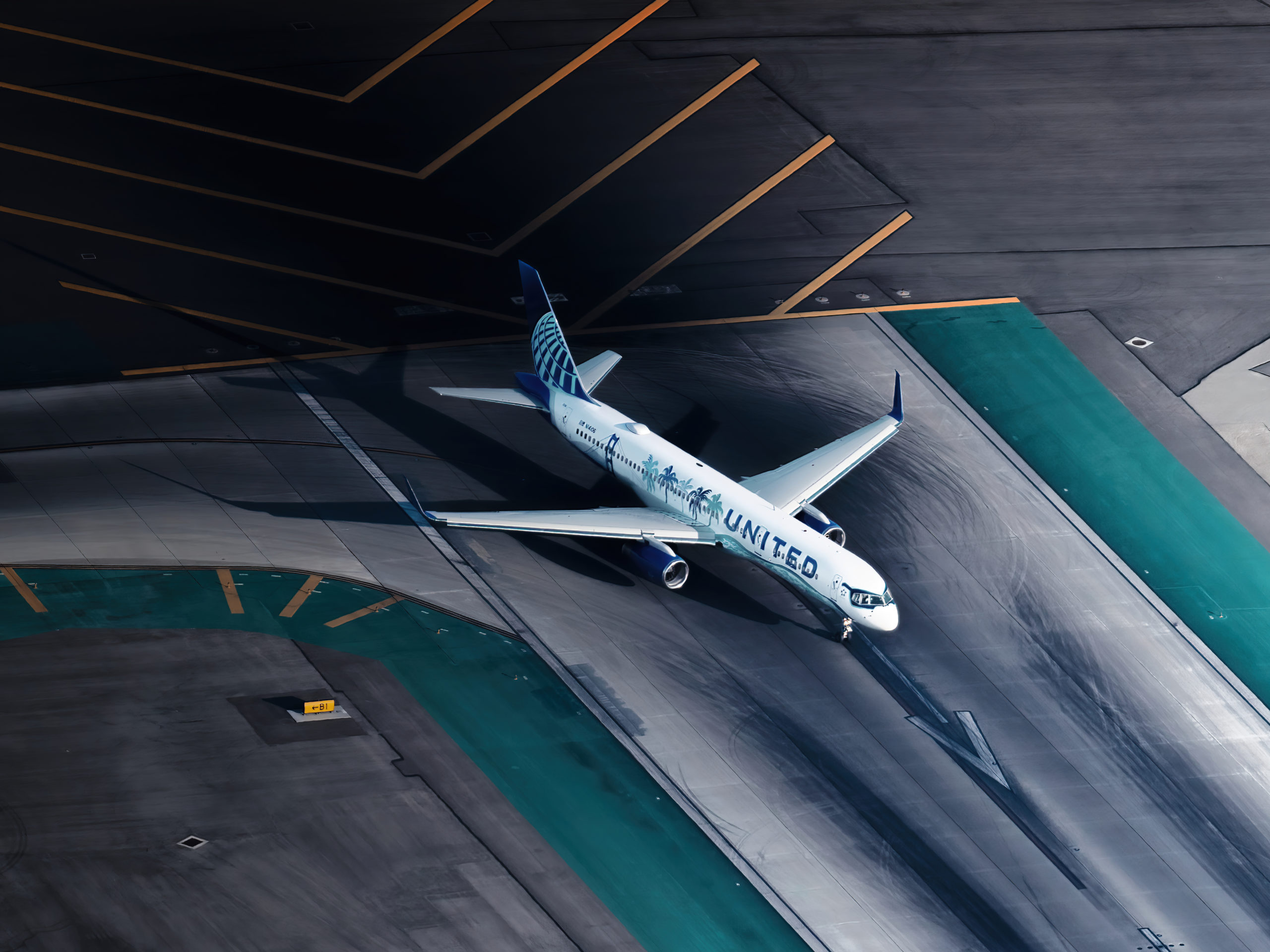A quick update here that’ll be a welcome reprieve for those of you who do a fair bit of flying on paid fares: Aeroplan’s move towards revenue-based earning will be suspended through at least the end of 2022.
Aeroplan’s Future Revenue-Based Flight Earning
When Air Canada first announced details about the new Aeroplan program, we learned that the program’s flight earning rates would be scheduled to move towards a revenue-based structure instead of the current distance-based earning charts.
Under the new model, the number of Aeroplan points you earn for a flight would be calculated as a multiplier of the fare you paid (including the base fare and carrier-imposed surcharges, but excluding taxes and fees), combined with your Aeroplan Elite Status:
Fare Family | Earning Multiplier |
Basic | 2x |
Standard, Flex/Comfort, Latitude, | 3x |
Aeroplan Elite Status | Earning Multiplier |
25K, 35K | 1x |
50K | 2x |
75K | 3x |
Super Elite | 4x |
For example, if you have Aeroplan 50K status and booked a Standard fare whose base fare and surcharges summed to $500, then your Aeroplan points earnings would be calculated as follows:
- 3x (from the Standard fare)
- + 2x (from your 50K status)
- Total of 5x, or a total of 2,500 Aeroplan points for the fare that you paid
In general, a move to revenue-based flight earning tends to be a negative development.
That’s because it eliminates arbitrage opportunities in finding cheap fares that cover a large distance, thus allowing avid flyers to rack up Aeroplan points on the cheap under a distance-based model (a practice also known as “mileage running”).
At the time, we didn’t have a specific date of when this change would be implemented, only that it would happen “later in 2021”. Now that we’ve reached the tail end of the year, there’s an update on the timeline for this shift in earning approach.
Changes to Revenue-Based Earning Put on Hold Through 2022
In response to evolving customer needs as we exit the pandemic and to prioritize other projects that cater to such, Aeroplan will put on hold the transition to revenue-based earning through at least the end of 2022.
When the change eventually does come, I wouldn’t be surprised to see Aeroplan adopt a different approach compared to the revenue-based earning charts that were previously announced.
I imagine the newly proposed revenue-based earning charts were put together with pre-COVID travel patterns in mind, thus primarily rewarding the price-insensitive business traveller with more Aeroplan points for the higher paid fares that they generally pay.

With leisure travellers taking up a greater percentage of market share for the upcoming period, I’d like to see Aeroplan take this opportunity to come up with a more innovative model of flight earning rates, rather than simply following in the path of the major US carriers and their fare multipliers.
As we’ve seen with the US carriers and with Aeroplan’s relaunch in 2020, though, expect there to be a meaningful period of advance notice prior to the change, so that frequent flyers can plot out their upcoming year’s flying activity with the new earning rates in mind.
Distance-Based Earning Charts Remain Through 2022
As a result, Aeroplan’s current distance-based points earning structure, which applies to flights on Air Canada and partner airlines, will remain in place until at least 2023.

(Note that the current earning structure had been updated earlier in 2021 to include Basic Economy fares, ranging from 10–25% of the distance flown depending on the market.)
The earn rates listed above will combine with additional bonuses based on your Aeroplan Elite Status, which can be chosen as one of your Select Benefits.

Those who do a fair bit of paid flying tend to benefit significantly from the bonus Aeroplan points on their flights with Air Canada and select Star Alliance partners.
On the other hand, avid points collectors tend to skip this particular Select Benefit in favour of other options like eUpgrades and lounge passes, and will also place a greater priority on credit card bonuses as a means to rack up Aeroplan points over the more paltry return on paid flights.
Still, even points collectors need to book paid fares every now and then, so whether it’s on Air Canada or a partner airline like United or Lufthansa, it’s good to see the current distance-based reward charts remaining in place a little while longer.
Conclusion
Aeroplan has put on hold the transition to a revenue-based flight earning model until at least the end of 2022. The program will offer a heads-up as we approach the new transition date, and I wouldn’t be surprised if the future revenue-based earning rates were given a bit of a rethink as we exit the pandemic.
For now, the current distance-based earning charts remain in place, offering extra value when we book cheaper paid fares that cover a relatively large amount of distance flown.



















